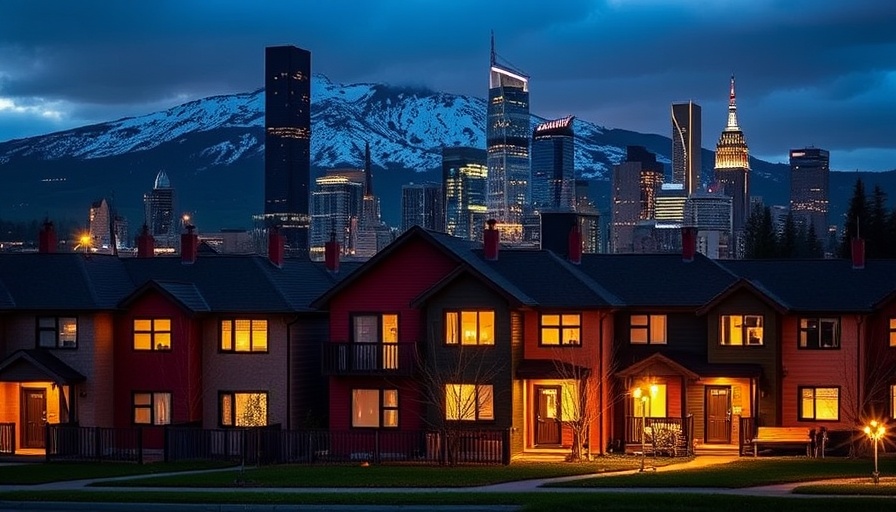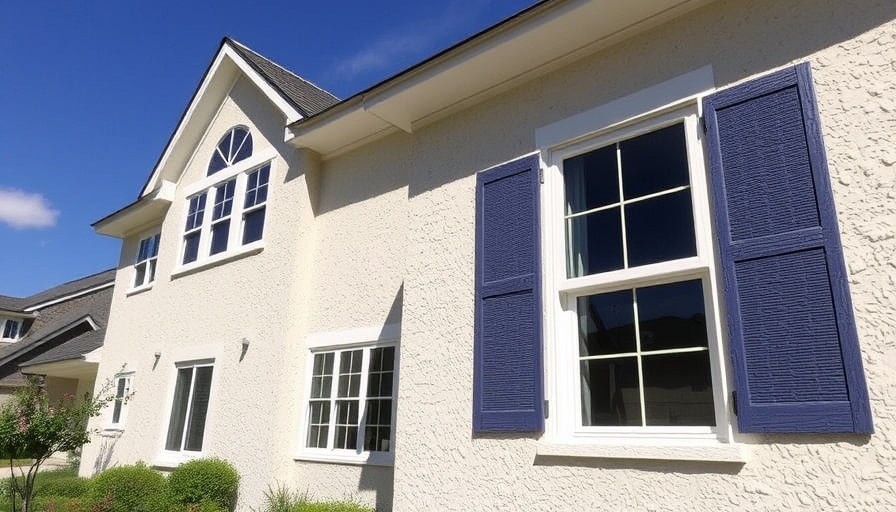
Canada’s Housing Crisis: An Overview
The issue of housing affordability in Canada has reached alarming levels, especially in major urban areas like Toronto and Vancouver. The struggle to secure proper housing has left many families in precarious living situations, with rising rental costs and a stagnation in home ownership rates. The current government, led by the Carney Liberal administration, has recognized the urgency of this situation and has proposed an ambitious plan to address these pressing housing shortages through innovative solutions.
Affordable Prefab Homes: The Future of Housing
One of the key components of Canada’s new housing strategy is the focus on affordable prefab homes. These structures not only promise to be cost-effective but also environmentally sustainable. Prefab homes are constructed using modular technology in factories, reducing waste and accelerating the build time on site. This method represents a significant shift in traditional building practices, allowing for quicker responses to housing needs.
Financial Framework: Building Canada Strong!
The government's initiative, known as "Building Canada Strong!", aims to allocate substantial financial resources towards the construction of nearly four million new homes over the next seven years. This noble intent to inject liquidity into the housing market stems from a recognition of not just supply but also the necessity for diverse home types, including single-family homes, apartments, and condos. Financial assistance programs are also in place to help first-time buyers.
Advantages of Prefab Technology
Prefab homes provide numerous advantages but stand at the crossroads of innovation and acceptance within local communities. Their advantages not only include cost reduction and speed but also a smaller carbon footprint. This tech-savvy approach aligns seamlessly with sustainable practices, promising energy-efficient designs tailored for the Canadian climate.
Challenges Ahead: Skilled Labor Shortages and Tariffs
Despite the promising outlook, there are significant challenges that may impede the success of the Liberal Housing Plan. Skilled labor shortages pose a substantial threat to the timely execution of these housing projects. Furthermore, rising tariffs on construction materials can lead to inflated costs that undermine affordability. Addressing these issues will be essential to implementing the proposed plans effectively.
A Longer View: Housing as a Community Investment
By investing in prefab homes, it’s important to view housing not solely as a commodity but as a crucial component of community wellbeing. Building sustainable homes fosters stronger community ties and promotes a shared commitment to environmental stewardship. Homes shouldn’t just be structurally sound but also sustainably built to enhance quality of life.
Considerations for Homeowners
For homeowners, particularly in the London area, these government initiatives can expand opportunities for engagement in the housing market. The affordability of modular homes can allow more families to access homeownership. Prospective buyers should stay informed about upcoming developments and consider how these prefab options fit within their financial planning.
Your Role in a Sustainable Future
As local resources become available through government initiatives, there is an essential role for community members to advocate for the inclusion of sustainable materials and practices within their neighborhoods. Engaging with policymakers, attending community meetings, and encouraging the adoption of eco-friendly designs can be beneficial for all stakeholders.
In light of the pressing housing issues facing the nation, your involvement is crucial in shaping an inclusive and sustainable future. Consider exploring prefab homes as an option for your family and participate in community discussions that support integration of sustainable practices in urban planning.
 Add Row
Add Row  Add
Add 




Write A Comment